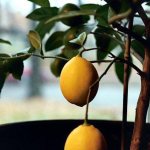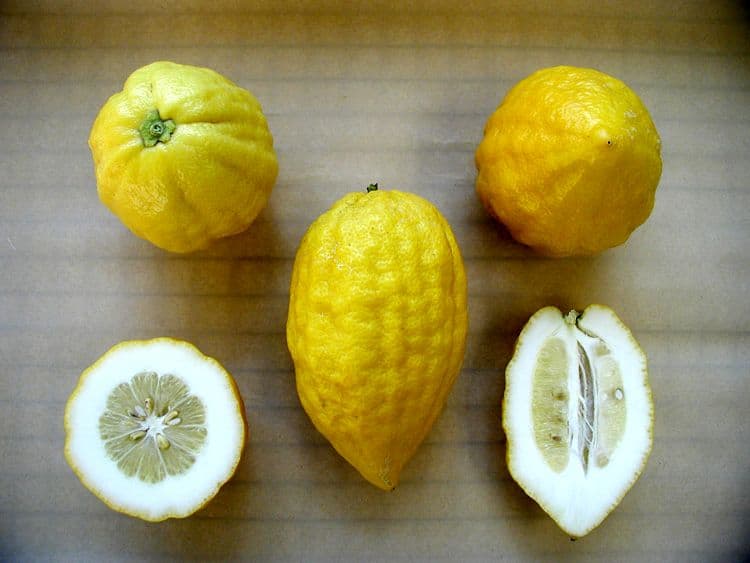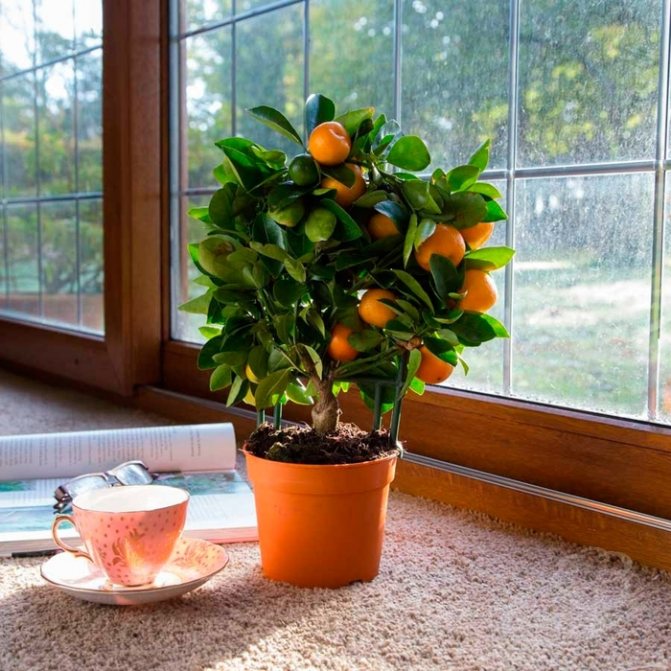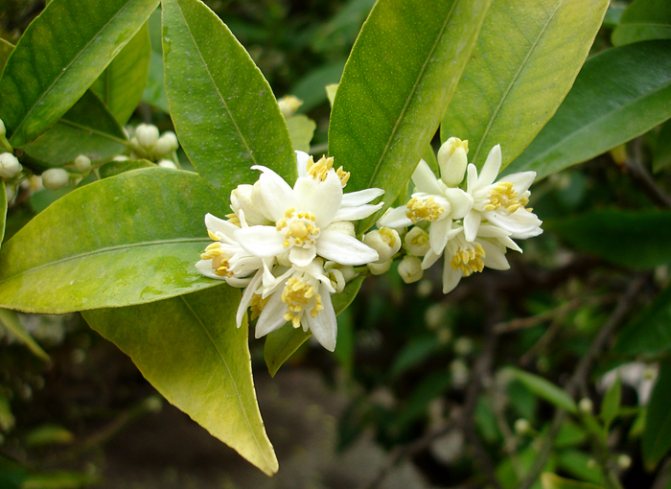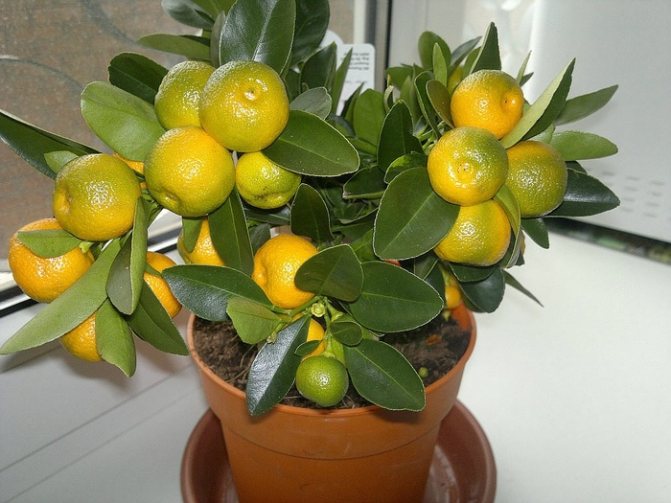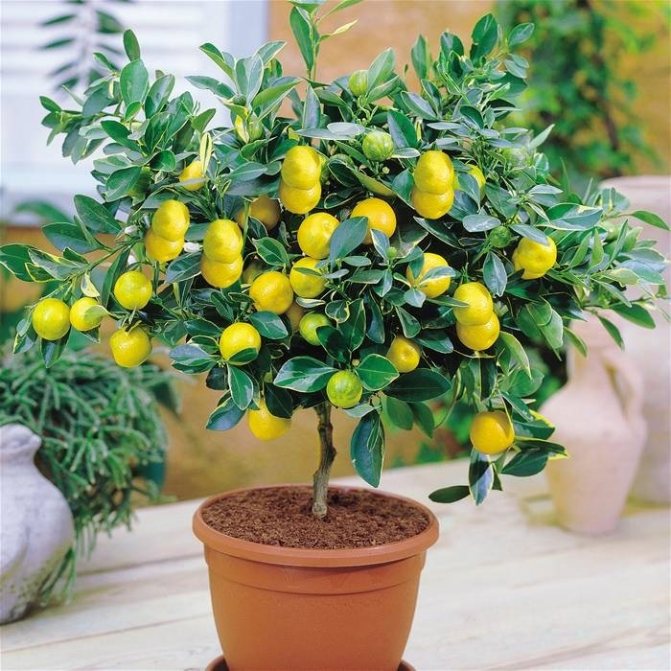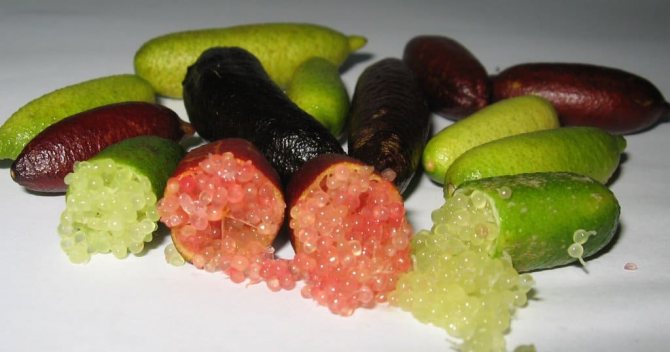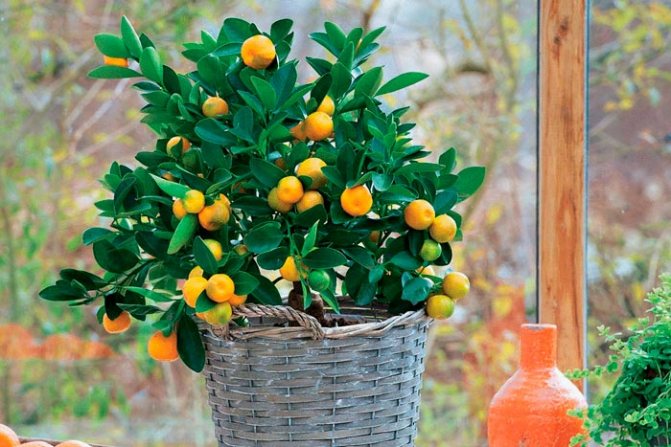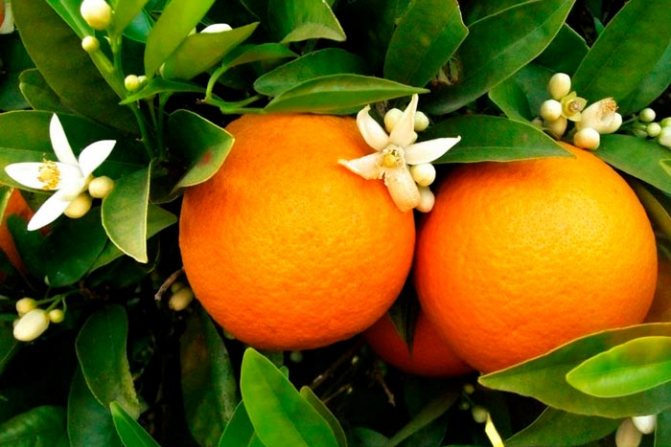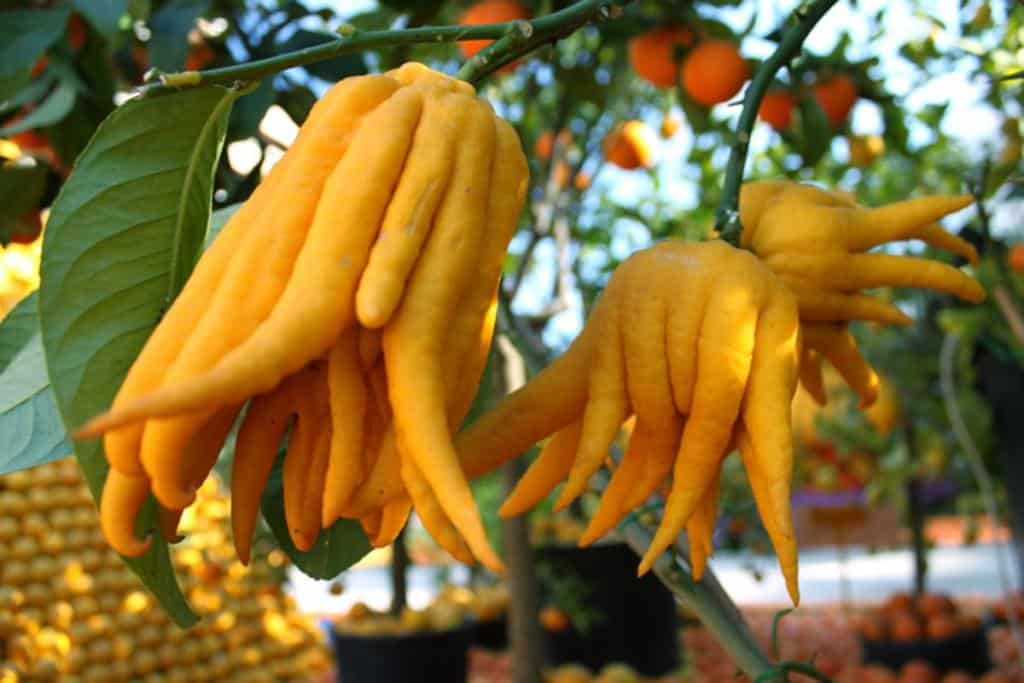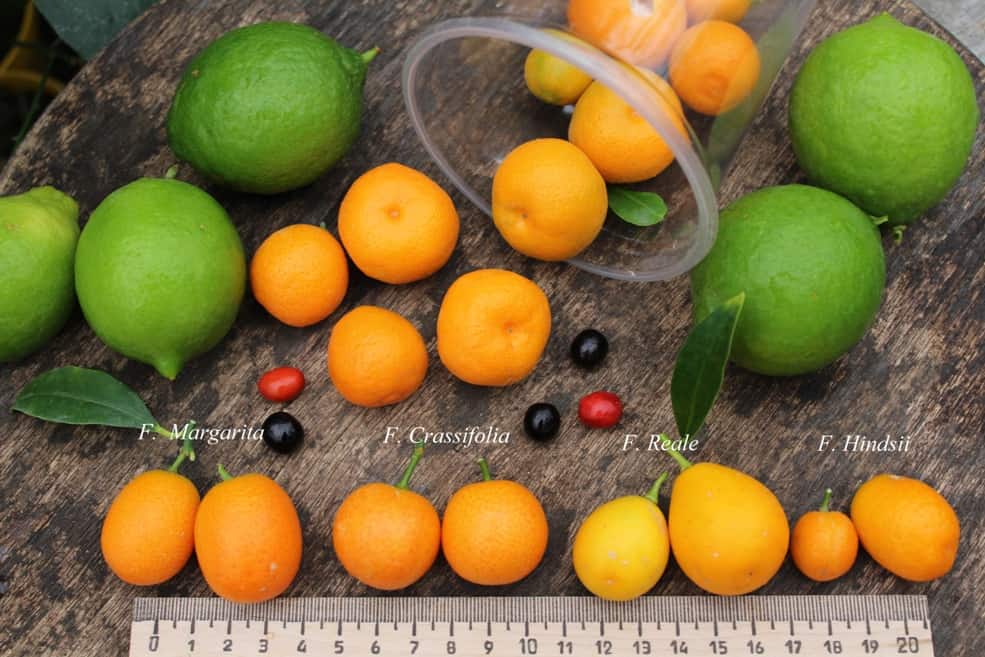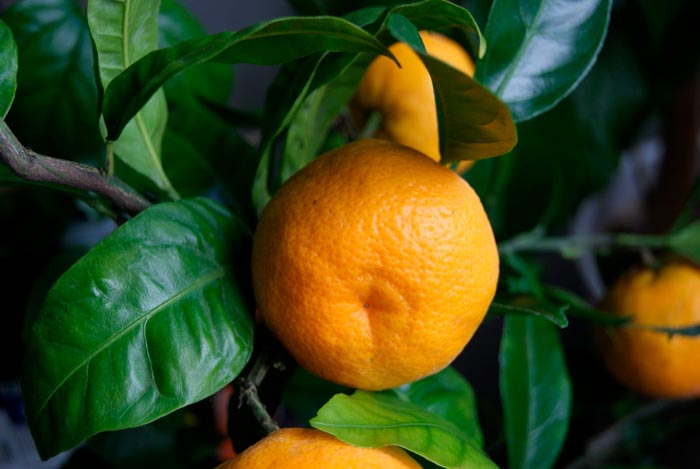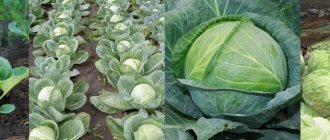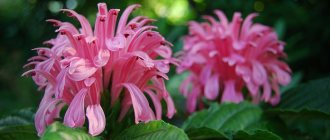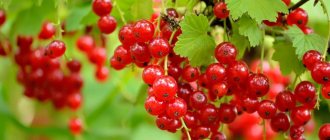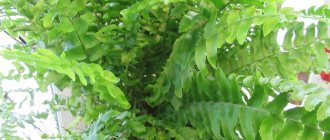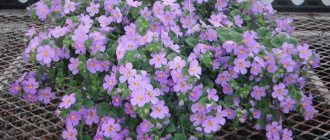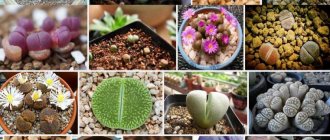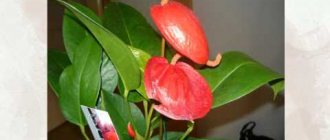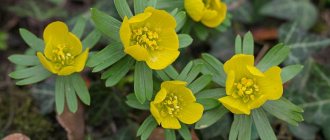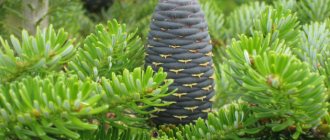Growing citrus indoor plants at home is an interesting activity, but far from simple. Therefore, those who believe that it will be enough to plant a seed in the ground, and that's all - lemons for tea are no longer necessary to buy. Without special knowledge, the first harvest of citrus indoor plants, if they do, will not be earlier than twenty years later.
But if you know some of the nuances and grow correctly, observing all the rules, then you can enjoy the fruits much faster. But even here it is important not to make a mistake in choosing a variety. For growing on a windowsill, only those citrus indoor plants that have been grafted on seedlings of orange, lemon, grapefruit or kumquat are suitable. Those crops that were grown from cuttings cut from fruit-bearing trees have also proven themselves quite well.
Difficulties in growing homemade citrus plants
It would seem that it is simpler: you need to go to a flower shop and buy a pot in which a flowering or already bearing citrus grows - a "golden orange", a Meyer's lemon, which is not very difficult to take care of at home, or a tangerine. The tree just needs to be brought home, placed on the windowsill in the right place, and started to water. But this is not at all the case, since it is really difficult to grow a lemon or tangerine at home, moreover, this process is somewhat different from caring for ordinary specimens.
The plants that are sold today in flower shops most often come to the shelves from abroad, mainly from Holland. There they are kept in ideal conditions from the first day: the optimum temperature for growth, high humidity are maintained, supplementary lighting is supplied, and fertilizers for citrus indoor plants are constantly applied to the soil. When buying on dwarf trees, by the time they are sold, there may be a dozen or more fruits.
But after getting on the windowsills, beautiful citrus indoor plants immediately begin to face stressful conditions. In our houses, the illumination is much lower - several times, and the air (especially in winter) is incredibly dry compared to the greenhouse, and growth stimulants stop helping after a while.
Therefore, in conditions of a shortage of their internal resources, citrus indoor plants begin to throw all their strength into preserving the fruits with which they were so abundantly strewn in the store. And as a result, the vast majority of purchased "pets" die.
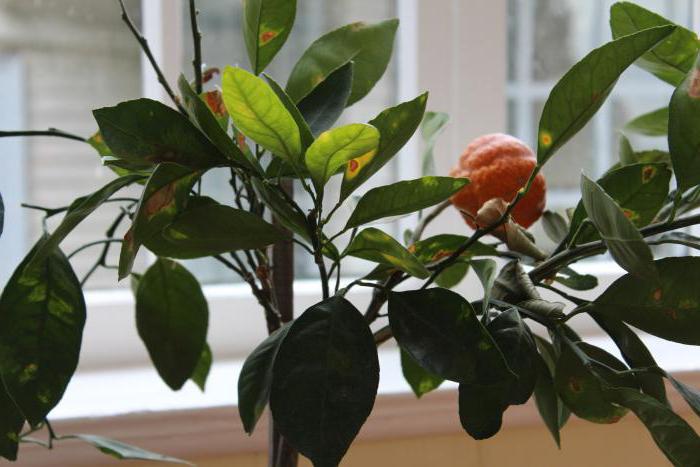
Rare citrus and subtropical fruit crops


Subtropical cultures have not yet received widespread development and are listed among us as rare cultures. These are, first of all, Japanese medlar, azimina, or three-lobed anona, avocado, Chinese date, passionflower, etc. The main factor holding back the widespread development of rare and less widespread subtropical fruit crops is the lack of varieties corresponding to our conditions and developed technologies for their cultivation.
All other citrus crops are grown in Russia much less often, even in comparison with the rather rare tangerine, lemon, orange and grapefruit. Almost the same agrotechnical techniques are used for them, perhaps with minor nuances.
Bergamot orange (bergamot)
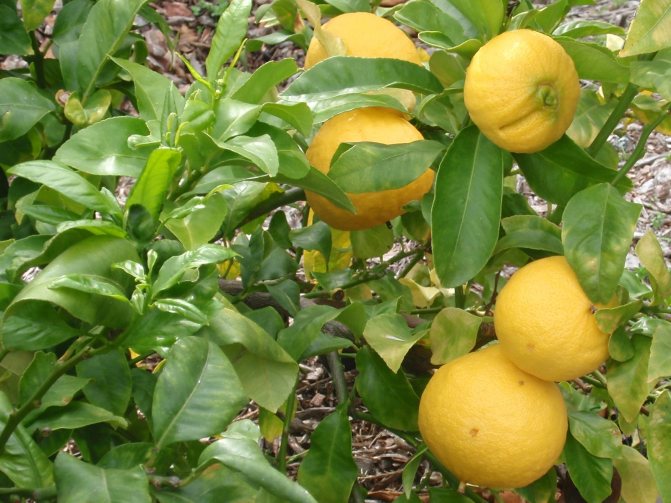

Bergamot is a hybrid species of an artificially bred plant of the genus Citrus. The plant was obtained by crossing an orange and a citron. It is an evergreen tree with a height of 2-10 meters. It has rather long branches, covered with thin sharp spines, whose length reaches 10 centimeters. The leaves are leathery, petiolar, elliptical or oblong ovoid, shiny and pointed. The flowers of the plant are large, purple or white, have a pleasant fragrant aroma. They are both single and collected in a few-flowered bunches. The bergamot fruit is spherical or pear-shaped, has a three-layer shell. The pulp consists of a number of segments, contains some seeds with a sour-bitter taste. Bergamot owes its name to the pear-shaped fruit and yellow color, which made it similar to the Bergamot pear variety. There is also another version of the origin of the name. It is believed that he got it thanks to the city of Bergamo, where it has been growing for a long time.
Bigaradia (orange, bitter orange)
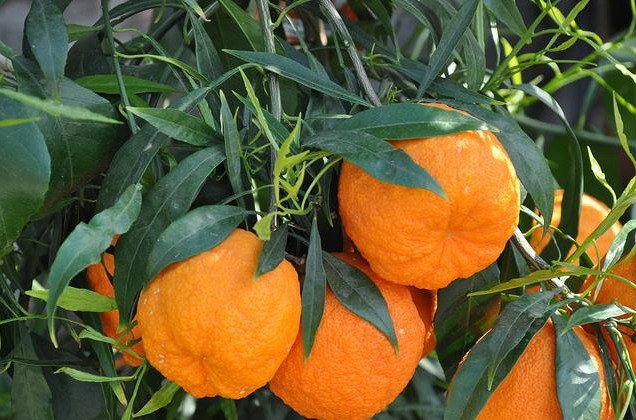

Bigaradia (bitter orange, orange) belongs to the genus Citrus and the species C. aurantium L com Rutaceae. Grows in the Himalayas. The trees are vigorous. Branches with long spines. The flowers are fragrant, white. The fruits are similar to sweet oranges, somewhat lumpy, the pulp is bitter-sour or sharply-sour taste. Fruit jelly is prepared from fruits, drinks, essential oil is obtained from leaves and flowers. Abroad it is used as a rootstock for citrus fruits.
Calamondin
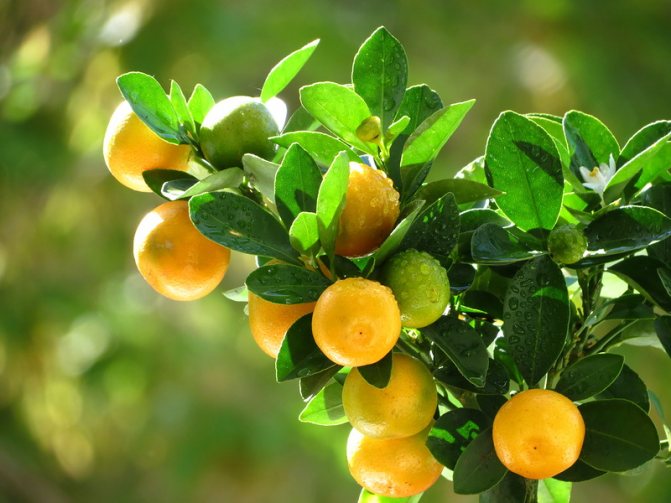

Calamondin, or citrofortunella (Citrofortunella microcarpa Wignands) is a citrus plant of the Rutaceae family, native to the countries of Southeast Asia. It is a hybrid of mandarin and Japanese kinkan. Calamondin is a small evergreen plant with small shiny green or variegated leaves that give off a pleasant citrus aroma. The flowers are white, fragrant. The fruits are small, resemble a tangerine in shape, but with a diameter of only 3-4 cm, in ripe fruits, the thin peel is easily separated and has a sweet taste, while the fruit pulp is rather sour.
Kinkan (kumquat)
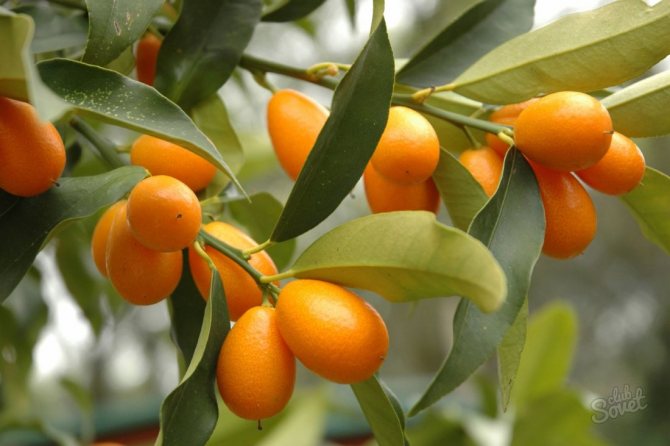

In the strict sense of the word, it is not citrus, it is the name of another genus, which includes 4 species, but it is very close to citrus and can interbreed with them. The fruits are small, with a fragrant edible peel; they are eaten mainly in processed form (confectionery). Relatively cold-resistant.
Clementine
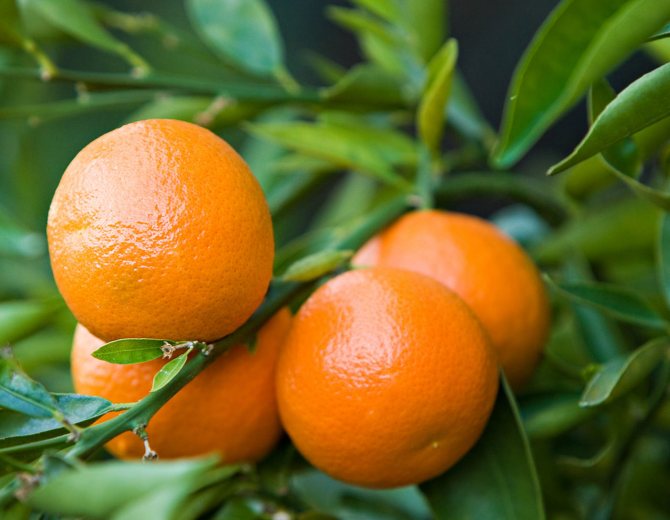

Clementine or Citrus clementina is one of the tangelo varieties. It is a hybrid of orange and tangerine. It was created back in 1902 by Father Clemen, who was not only a priest, but also a wonderful breeder. The shape of the fruit is the same as that of the mandarin, but much sweeter. The ancient Romans began to grow citrus fruits in Corsica, however, they began to grow clementines much later. It should be noted that most of the gardens were established only forty years ago. Clementine has a dark orange color, this is the main difference between them. Mandarin has practically no bones, while clementine, on the contrary, has a lot of them. The rind of this citrus is quite thin and shiny, but despite this it is very hard. This fruit has a rather juicy and fragrant pulp. It is easy to recognize clementine, because it is distinguished by a slightly flattened shape.
Lime
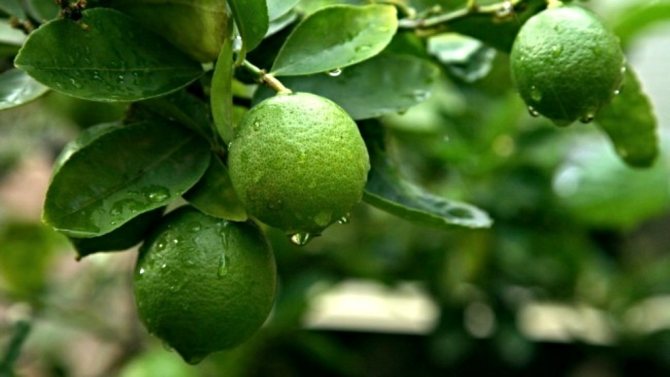

Although lime has been known since ancient times, it was only cultivated as a cultivated plant in the nineteenth century. Before that, the fruits of wild lime were eaten. With the growth of its popularity and the development of new markets by it, the demand for this product began to grow. Today, many countries are involved in the cultivation of lime, including Brazil, Egypt, Indonesia, the Caribbean, Mexico, India, the United States of America, Sri Lanka, Cuba and West African countries. Limes have a thin skin that is smooth, firm and shiny.The skin color is predominantly green, the soft juicy pulp has the same shade. The juiciness of lime is higher than that of lemon, and in some cases it is even slightly sour than its counterpart. But these characteristics are not inherent in all lime varieties. There are fruits with a sweetish or, on the contrary, bitter taste, and there are very, very sour ones.
Limequat
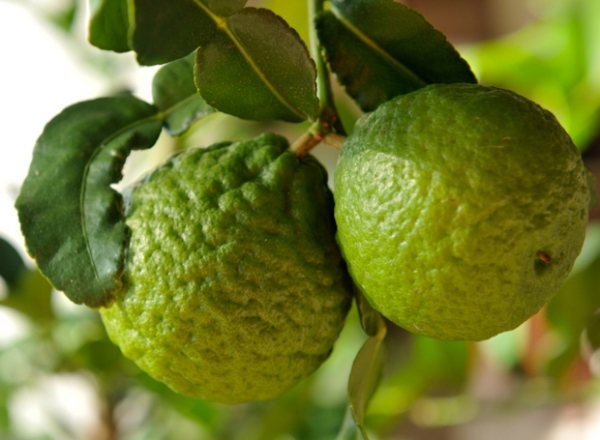

Limequat is a citrus tree native to China (Citrus limeguat) - a hybrid of lime and kumquat. It originates from China, but is now grown in Japan, Israel, Spain, Malaysia and the United States. The plant is small, well-branched and well-formed. Repaired, that is, there are both flowers and fruits of varying degrees of maturity at the same time. Limequat fruits are small, oval, yellow-green to bright yellow when ripe. In green fruits, the juice tastes like lime, as the peel turns yellow, it becomes more and more like lemon. Ripe fruits have a thin sweet skin and sweet, bitter-tinged flesh. Fresh limequats are added to soups, salads, and they are used as spices for meat, poultry and game. Fruit jelly is cooked from the fruit. Cut slices are used to decorate any desserts. Limequat syrup is used to make cocktails. You can instead of lemon in tea. Limequat is eaten as a fruit or squeezed out. It is used to add flavor to various dishes.
Limetta (sweet lemon)
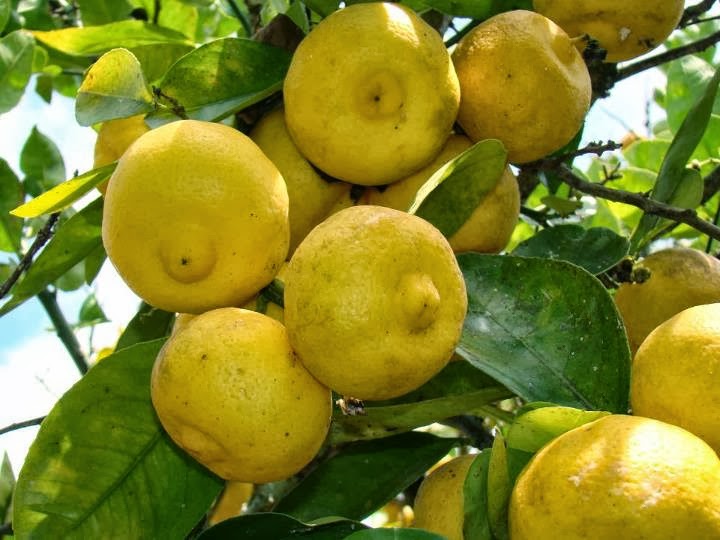

Limetta is very similar to lemon, but differs in sweeter fruits with fewer seeds, almost spherical in shape. A tree with dense foliage and round yellow-green fruits, 2-25cm in diameter, sweet flesh. Fruits are small, with an average weight of 80g, spherical, slightly flattened at the poles, with a concave end. The peel is bright yellow, corrugated, rough, sometimes with outgrowths, of medium thickness, not very close to the flesh, easily peeled off. The pulp is juicy, with a pleasant sweet and sour taste. Lobules about 8. The plant is medium, rather shrub type with an irregular crown, without thorns, very prolific. The leaves are small, elliptical, pointed, dark green, glossy, with small lionfish. Blooms profusely, flowers are white, fragrant. Good for container growing. Originally from India, origin unknown.
Shaddock
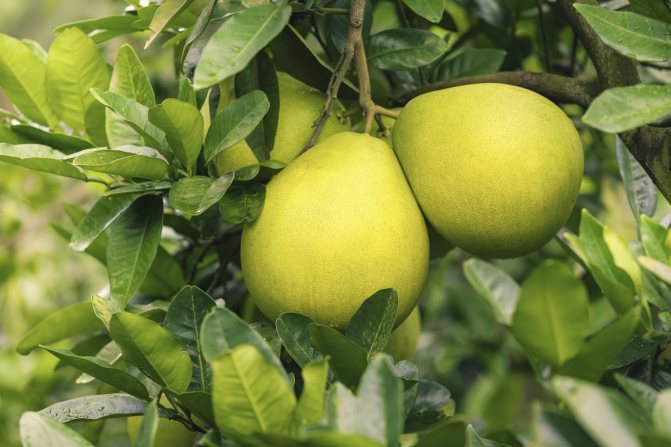

Belongs to the Root family. An evergreen tree with a height of 3 to 10 meters. The crown is spherical with thick branches and rather numerous axillary spines, which are absent in some forms and varieties. Leaves are large, up to 20 cm long, broadly elliptical, leaf petiole with wide heart-shaped wings, up to 5 cm wide.Pompelmus has the largest flowers in the citrus genus, large fruits 10-20 cm in diameter, round, spherical or pear-shaped, smooth, light -yellow color. The pulp is light green, sour-sweet-bitter, or sweet orange-like, when the fruit is fully ripe, the juice sacs are easily separated.
Poncirus
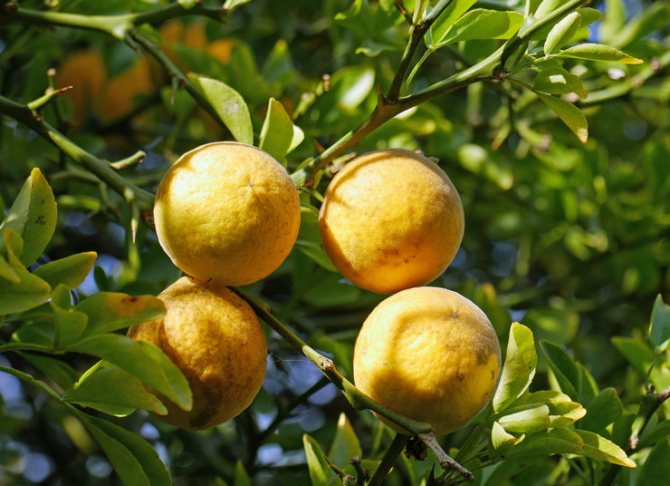

Three-leaf poncirus (Latin Poncirus trifoliata) - the fruit of this species in Japan is called karatachi. This is an absolutely inedible fruit, which is very different from oranges. Flowers have very short legs, five white, thin, paper-like petals; numerous stamens, the filaments of which are free, are connected to the pistil. The ovary of the pistil is heavily downy and contains 6-8 lobules, mostly 7. Fruits are small, flattened, from obovate to spherical and lemon-yellow in color. The rind is relatively thick, soft, with abundant oily glands. The juice is sour and there is not much of it. The mucous mass contains a caustic oil, which gives a very unpleasant taste. There are many seeds and they are multi-embryonic. Grown as a rootstock for other citrus fruits in order to increase their survival rate outdoors in unfavorable climatic conditions.
Tangor
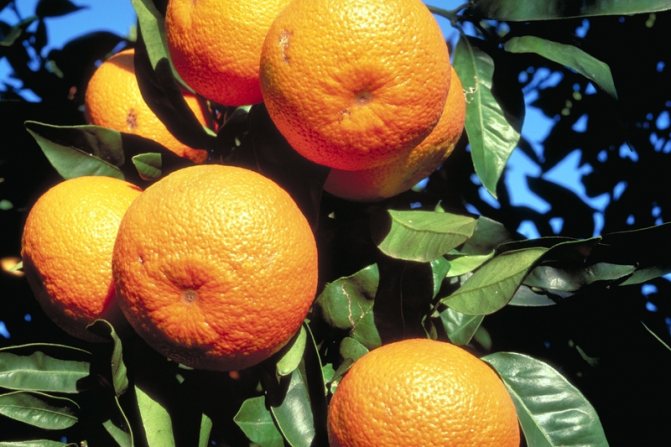

Mandarin orange hybrid. Among all tangoras, the 'Murccot' tangor is the least cold-resistant. It produces medium-sized fruits (4-8 cm), which are flattened and weigh about 70-120 grams.Lobules from 11 to 12. The pulp is orange, tender, juicy, aromatic, very sweet to the taste Yellow-orange peel is thin (2-3.5 mm), difficult to peel, slightly bumpy, adheres well to the pulp, but can be damaged by the sun and winds. Its orange pulp is very soft, juicy (up to 55%) and has an exceptional aroma combined with a delicious taste. There are many seeds.
Citron (citrate, medicinal citrus, kitton)
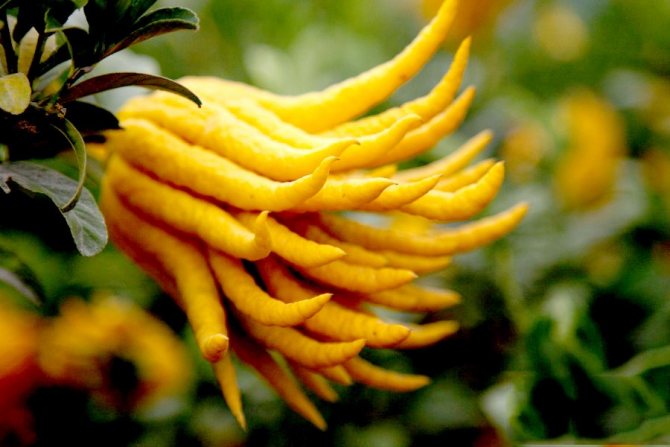

Citron, citrus (lat.Citrus medica) is a species of perennial plants from the genus Citrus (Citrus) of the Rutaceae family. Not known in the wild. Homeland - India or China. Citron is a shrub or small tree up to 3 m high. The flowers are bisexual or functionally male. The fruit is large (up to 3 kg) with a rough, bumpy surface, sometimes smooth, resembles lemon fruits in aroma, the peel is very thick (3-5 cm), the seeds are numerous, begin to germinate inside the ripening fruits. Used for making jams and candied fruits. Several varieties are known. Single specimens are cultivated in the open field in the Crimea. It is often grown in rooms as an ornamental plant. The fruits are large, elongated, often irregular in shape with a very thick edible peel.
Egle marmalade
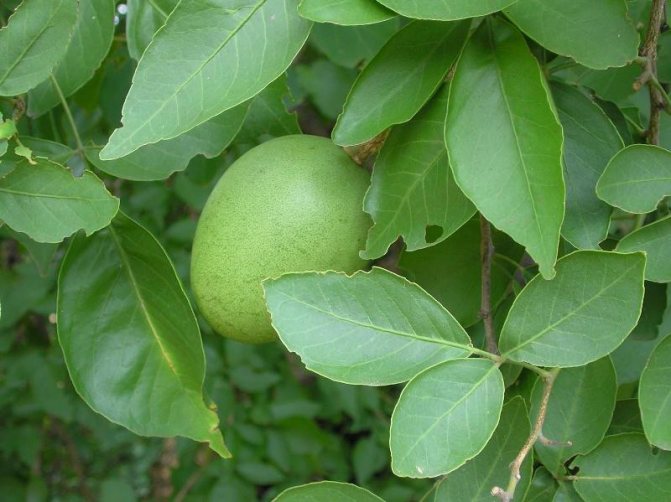

This plant, belonging to the citrus subfamily, is grown in India, Sri Lanka and parts of Indochina as a fruit and medicinal plant. Perhaps this plant is a hybrid of tangerine, grapefruit and orange. Leaves are elliptical, 10-12 cm long, dark green. Fruits are round, 5-10 cm in diameter, covered with a nondescript peel. Underneath the uneven, wrinkled crust is a fragrant, sweet and juicy orange pulp. Egle fruits are best eaten as tangerines - raw. You can eat it with a spoon, like a grapefruit. Gum is obtained from the branches. Until recently, egle was unknown in Europe, but recently it is found in the markets more and more often.
Citrus Yunos
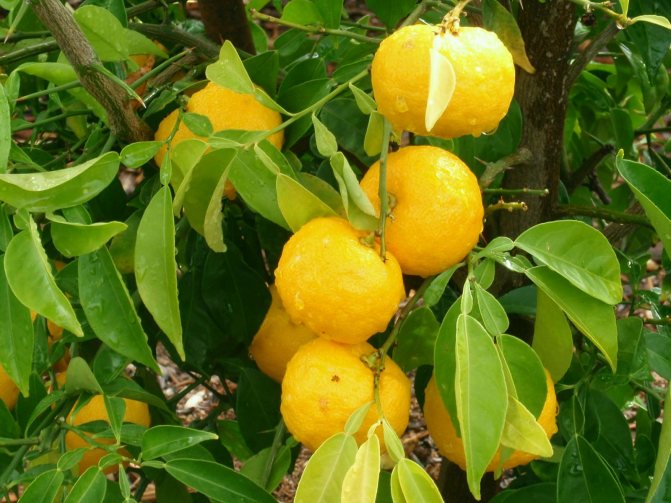

Citrus Yunos (Citrus junos)
Is a complex spontaneous hybrid between several species of the genus Citrus. In China, it was known back in the days of Confucius, 2500 years ago. Trees up to 4 m high, with a dense hemispherical crown. There are many thorns, their length is 3-5 cm. The leaf blades are lanceolate. The flowers are large, 4-4.5 cm in diameter, single. Fruits are round, yellow, up to 6 cm in diameter, with easily detachable fragrant skin and very sour pulp. They are used as lemons and for making marmalade. The plant has high frost resistance, which makes it of interest as a rootstock for citrus fruits. In Japan, it has been widely used for this purpose for hundreds of years. It is also used in breeding for breeding frost-resistant varieties of lemon, orange, grapefruit and other citrus crops.
Finger lime
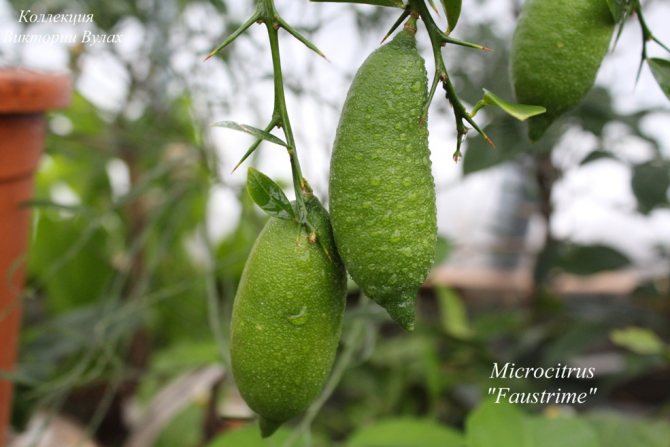

Finger lime or Australian fingerlime (Citrus australasica). Representative of the genus Citrus, the Rutovye family. His homeland is Eastern Australia. This rare citrus plant is a shrub or small tree up to 10 m in height. The fruit is oval-cylindrical, 9 cm long, weighing 150 g, slightly curved, narrowed at the end, resembles a finger in shape, for which the plant got its name. The skin is thin, yellow, green, red, orange, purple, black, brown or burgundy. The pulp is very juicy, sour in taste, with a pronounced citrus aroma, divided into several small, rounded compartments, which contain vacuoles filled with juice. This structure resembles small, round, transparent bubbles with a diameter of 5-6 mm.
LiveJournal
Species suitable for growing at home
Citrus crops have long been known to man. Their people have been actively cultivating for so long that it has become difficult to detect their wild-growing ancestors in nature.Most often in the open field, citrus fruits are cultivated in countries with a tropical or subtropical climate. And it is from there that their fruits are delivered to store shelves in all corners of the planet.
A novice grower who cannot pay too much attention and time to a pet growing on his windowsill should choose varieties of indoor citrus plants that are easier to care for. If we talk about subspecies for a small apartment, then it is preferable for beginners to grow lemon, tangerine and trifoliate, since their growth is easier to restrain. In turn, oranges, grapefruits or pomelo, which are large in size, turn into a rather bulky tree after a couple of decades.
As for exotic varieties, today a close relative of mandarin is quite common - citrus kumquat nagami, as well as calamondin. Speaking of amazing varieties, the Hand of Buddha must also be mentioned.
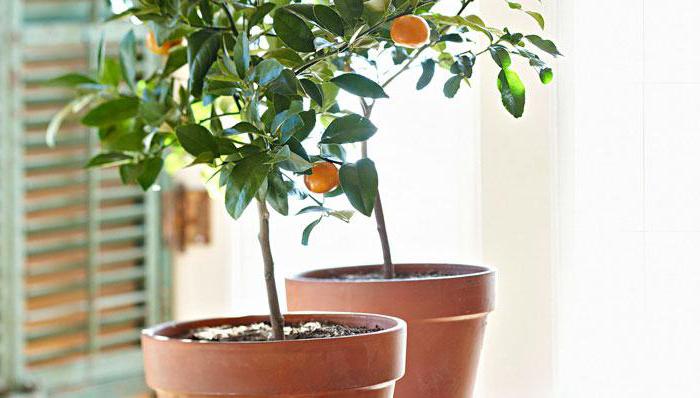

Cuttings
The most convenient option for those who decide to grow a citrus crop on their own will, of course, be a young plant, which was purchased in a specialized store. But a purchased tree does not always take root in the house for many reasons. However, if, after all, the culture has migrated from the store to the apartment, you need to contact the seller and get a recommendation from him for adapting the citrus to the new conditions.
First, the plant needs to be inspected. If there are fruits on it, then they will have to be cut off. For seven to ten days, citrus should be left in a store pot, and only then transplanted into a new one.
Advice
Citrus trees grown from material obtained by cuttings take root best at home. Of course, for beginners who have a poor idea of how to grow tangerine, lemon, etc., it will be difficult to properly propagate the plant, but for those who have been growing citrus at home for more than one year, it is quite easy to do this.
The cuttings should be cut from a well-developed and healthy citrus tree. The length of the planting material should be between ten and twelve centimeters. It must have at least three buds. It is not recommended to use both too young and rather old shoots with dense wood.
The best time for harvesting cuttings is April. Rooting of the planting material can be carried out in a glass of water or in a soil consisting of earth and sand. In the latter case, the cutting should be covered, for example, with a plastic bottle. The roots will appear in about twenty days. After that, the rooted stalk can already be planted in a permanent pot.
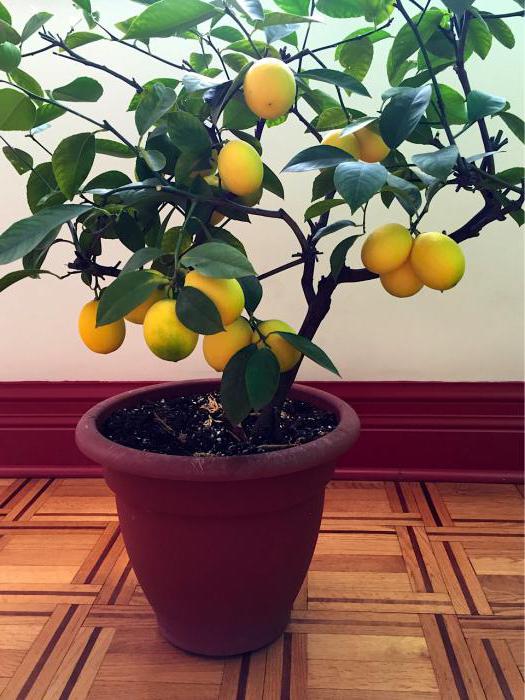

Reproduction of indoor orange
The orange tree at home can be propagated in three ways: by seeds, cuttings and grafting. The simplest method is seed propagation. Instances raised in this way require much less maintenance. But young fruits will differ significantly from the original ones.
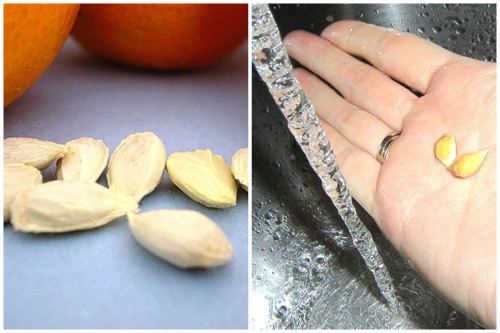

How to grow an orange tree from seed:
- We buy a special soil for citrus fruits or make a mixture ourselves from turf, peat and sand in a ratio of 2: 1: 1, respectively;
- First, extract the seeds from a highly ripe orange. They must be of the correct shape, not damaged, not dry and empty;
- We clean them from the remnants of the pulp, rinse thoroughly and soak in water for 10-12 hours;
- We plant the seeds to a depth of 1 cm in a small container (about 100 ml), observing a 5 cm gap between the seeds. You can also plant in one box;
- Lightly water the soil, cover the container with foil and remove the mini-greenhouse in a dark place until the first shoots appear. After they reach 1.5-2 cm and 2 leaves "hatch" on them, we transplant into small separate pots with a diameter of about 8 cm.
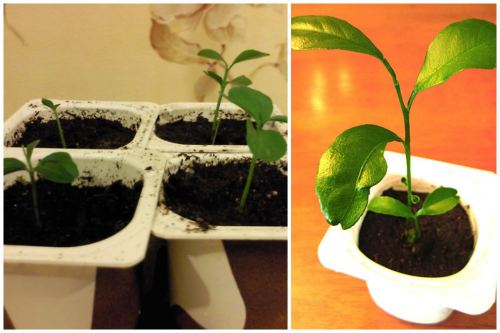

It is better not to choose large containers, since the soil, in which there are no roots, remains moist for a long time and is subject to acidification. An indoor orange tree can be additionally illuminated with special phyto-lamps, as if increasing the length of daylight hours.
Homemade orange can also be propagated by cuttings. This allows all parental characteristics to be preserved.
- To obtain a cutting, cut off a 10-centimeter twig with bark with a sharpened knife;
- We plant it in sandy soil and create a mini-greenhouse, covering the container with a film;
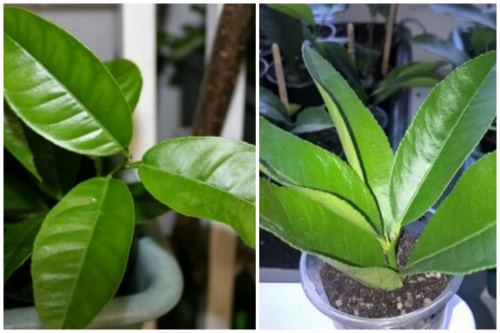

- We install the container in a bright place, where direct sunlight does not fall. The soil should always be slightly moistened;
- After about a month, the cuttings take root, and they can be planted in separate containers.
Another way to propagate an orange tree is by grafting. This is the best option for the fastest harvest. It is best to take the graft from an already fruiting plant, carefully cutting off the stalk with a sharpened knife. It is recommended to vaccinate a specimen that has reached the age of three years. The graft should contain 3 buds.
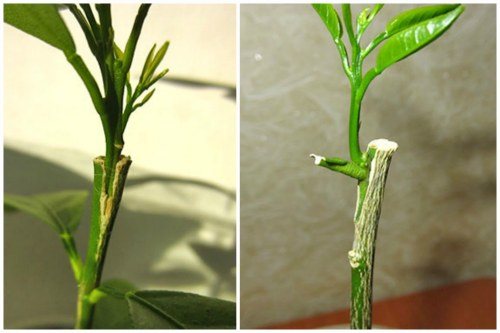

Step-by-step process:
- We cut the crown of the tree at a height of 10 cm from the soil, split the trunk and place the cutting in it;
- We combine two branches and wrap the vaccination site with foil;
- To preserve moisture, cover the plant with a film and leave it in a bright place.
After 3 weeks, you need to look at the condition of the cutting. If it is not blackened, then the grafting procedure was successful.
Planting material - seeds
You can often hear that a seed planted in the ground turns into a luxurious citrus tree over time. But, even despite the fact that growing tangerine or lemon from seeds is the most affordable way for amateurs to propagate this type of plant, the result is often unpredictable.
As a result, you can get a culture, the fruits of which will be much smaller than the parental form, or you can grow a new excellent pet. Judging by the reviews, the use of seeds pulled from fruits as planting material often leads to a lack of flowering in such seedlings.
The seedling begins to germinate in about a month and a half, and it should be transplanted at the stage of the appearance of five leaves.
Reproduction
There are two ways to propagate a citrus tree at home: cuttings or seeds.
Cuttings
To breed trees of the citrus family by cuttings, cut off ripe young shoots that are dormant from the mother plant. The shoot should be from a healthy bush, it should be more than 6 months old, and its shape should be round.
Then divide the cuttings into parts of 3-4 internodes. Make the top cut straight. Remove the bottom sheet, and under this eye make an oblique cut, scratch the bark a little with a clean needle. Dip the cutting into the root growth biostimulator "Kornevin", then immerse it in the soil until the next leaf. The rooting process will take from 2 weeks to 1–2 months. Much depends on the level of humidity.
Important! Never take a shoot that is in the growing phase. The chances of it successfully rooting are too small.
Seeds
To get a citrus tree from seed, follow proven technology:
- Pour a drainage layer on the bottom of the container.
- Fill the pot with a substrate that includes humus, coarse sand, and fertile soil. Leave a couple of centimeters free to the top of the pot.
- Remove the seeds from the ripe (or slightly overripe) fruit.
- Without preliminary drying, immediately plant the seed in the ground to a depth of 2-3 cm.
- Organize a small greenhouse: cover the container with a plastic bag and place it on the windowsill. Remove the bag every night to give the soil access to air.
Water the soil every 3 days. In winter, light the pot for a month.The sprouts will appear after 2-4 weeks.
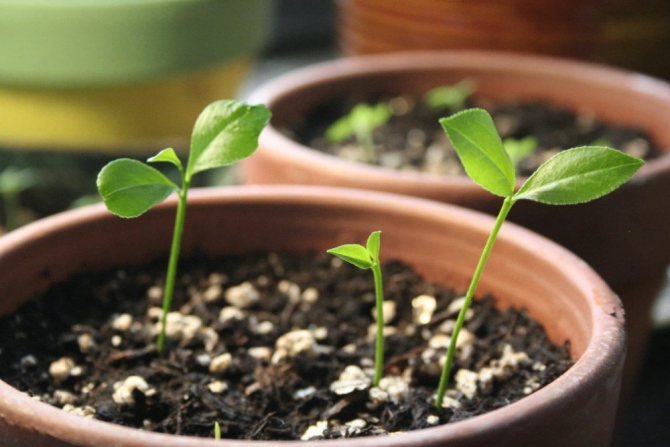

How to grow a tangerine
After the juicy fruits of this citrus bought in the store are eaten, you can use the remaining seeds as planting material. For the greatest probability of success of the event, it is better to have more seeds, since definitely not all will germinate. Therefore, to obtain seedlings, you need to take a dozen seeds.
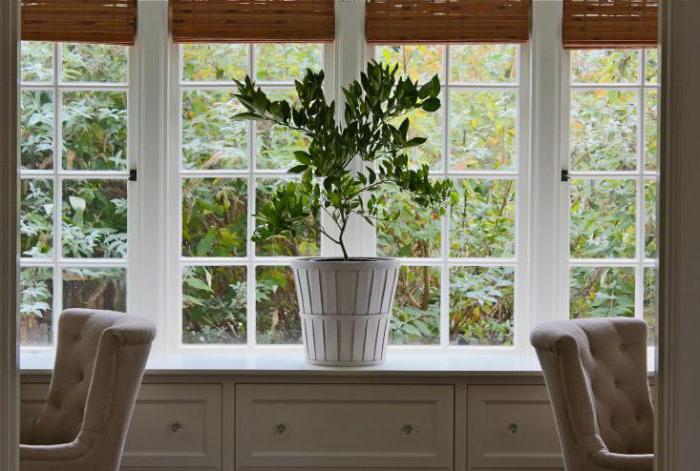

The planting material is placed in cheesecloth for several days and slightly moistened. This is necessary so that the bones, swelling, "hatch".
Tangerines can be grown at home in special citrus soil purchased at a flower shop. Although, in principle, almost any light soil is suitable for this culture. For example, in mixed in equal proportions turf and leafy soil, to which compost and rotted manure humus will be added, the tangerine will be very comfortable. Do not make peat-based soil. We must not forget about the need for drainage. Quite a long time should pass before the first shoots appear. The sprouts become noticeable only after two to three weeks, and sometimes even after a month.
Mandarin is a tree that grows rather slowly at home, and it sometimes stops growing. Therefore, you should not lose hope and enthusiasm, because when this citrus is provided with all the necessary conditions, it grows into a very beautiful tree.
Homemade orange pests
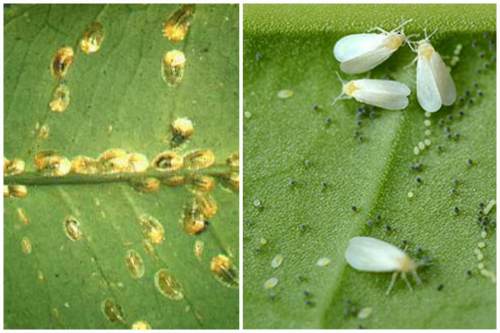

It is necessary to regularly inspect the tree for the presence of pests. Usually, citrus fruits are settled by:
- Whitefly;
- Aphid;
- Spider mite;
- Shield.
To combat them, drugs such as Biotlin and Fitoverm are used. You can also use folk remedies, for example, a solution based on laundry soap, an infusion of garlic or hot pepper.
Tangerine care
According to agronomists, tangerine is a very unpretentious tree to maintain, not only among citrus fruits, but also among many other plants, but it still requires observance of certain rules when leaving. The most important condition for him is an abundance of sunlight. Mandarin requires intense lighting up to twelve hours a day all year round.
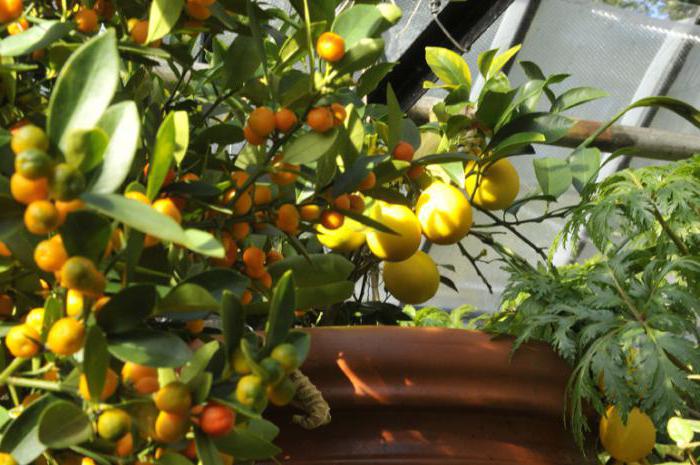

Watering and replanting
Mandarin is no less anxious about humidity. In the summer months, it should be watered abundantly without flooding, while in the winter the water supply should be reduced, periodically making sure that the soil does not dry out. In addition, it is necessary to spray the leaves daily, using filtered or boiled clean water for this purpose. You can compensate for the dryness of the air by placing a small decorative indoor fountain next to the tangerine. As it grows, the tree needs to be transplanted into larger pots periodically. It is best to move in early spring. In this case, the new pot should have a diameter of three to five centimeters larger than the previous one.
Transplanting a tangerine tree is done by the transshipment method, while it is necessary to preserve the old earthen lump as much as possible so as not to accidentally harm the root system of the plant. For the first time, plants that have bloomed need to adjust the number of ovaries. In the first year, two or three fruits are left, in the second - seven to eight, and then about ten.
Growing a grapefruit at home from a bone
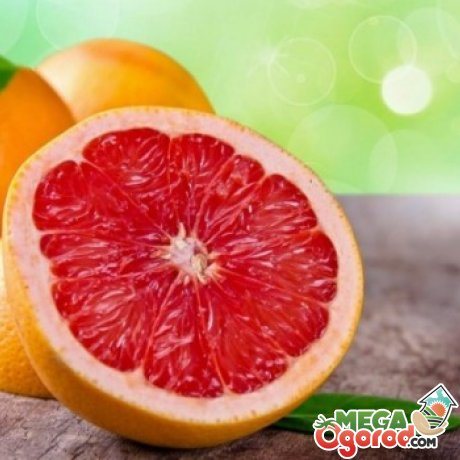

Growing grapefruit at home is not as difficult as it might seem. With the correct formation of the crown, the height of the plant in indoor conditions does not exceed 1.5-2 meters, it will look very beautiful thanks to the dark leaves on especially curved petioles. Indoor grapefruit varieties are capable of producing juicy and quite tasty fruits, and their weight can reach 400 grams.
Grapefruit is a light-loving plant, it needs enough sunlight and free space.
It is suitable for growing not only in an apartment, but also in an office, in a greenhouse or on an insulated loggia.Grapefruit does not like cold weather, even short-term frosts can cause serious harm to it, so you can keep it outdoors only in the summer months.
Watering the plant:
- Grapefruit requires regular watering in the warm season, while the water should not stagnate in the pot - equip the bottom with a drainage layer of expanded clay.
- To ensure normal air humidity, the plant must be constantly sprayed from a spray bottle.
- In winter, the plant is removed to a room with a lower temperature and less illumination; during the dormant period, it is enough to water it only 2 times a month.
Young plants are transplanted annually; for adult grapefruits, transplantation with replacement of the soil substrate should be carried out at least once every 5-6 years. During the period of active flowering and fruiting, the plant is fed with a complex mineral fertilizer, for example, "Rainbow".
Grapefruit is the best option for seed growing at home. Ordinary seeds from ripe fruits germinate quickly and take root well, the plant can begin to bear fruit as early as the fourth year if comfortable conditions are created for it. It is important to provide him with a sufficient amount of sunlight: if there is not enough illumination, growth slows down and a curvature of the trunk is observed. If it is not possible to put the plant on the southern or eastern windowsill, you need to purchase a special fluorescent lamp for indoor flowers. Care and maintenance will result in regular fruiting and beautiful, abundant flowering.
Bloom
An orange tree, which is not very difficult to take care of at home, will give ovaries if the crown is correctly formed. This plant blooms and bears fruit on twigs at least five orders of magnitude, so you should not expect fruit to appear earlier than five years later. The crown is formed quite simply. When the branches reach a length of ten to fifteen centimeters, they are pinched. Soon, new shoots begin to awaken from the lateral buds, which should also be shortened. As a result, only after five years you can get an orange tree with many short shoots.
In this case, the room should be cool: 17-20 degrees. At higher temperatures, the fruits are not set, and the plant itself is sick or affected by pests.
General description and popular types of orange tree
The homemade orange tree has dense, bright green leaves that form a compact, dense crown. The branches are covered with light bark. The height of the plant varies in the range from 1 m to 2.5 m. This representative of the flora blooms with pale white flowers and begins to bear fruit at 7-8 years of age. Home-grown orange tastes almost the same as a store-bought orange.
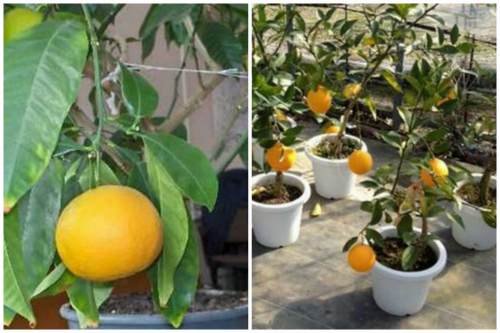

In total, about 600 varieties of oranges are known. Here are the most popular ones that are suitable for indoor culture:
- "Gamlin" - reaches a height of 1.5 m. Fruits ripening in late autumn have a pleasant sweet and sour taste;
- "Pavlovsky" is a low-growing variety (it grows up to 1 m). Differs in good fruiting, but oranges ripen for a rather long time - about 9 months;
- "Washington Navel" - is the most popular among lovers of indoor flora. It can be up to 2 m in height. In the process of flowering, each orange tree flower of this variety exudes a pleasant sweetish aroma. Differs in rather large fruits weighing about 300 grams.
Indoor lemons
Of all the varieties, Pavlovsky is considered the most unpretentious. This type of lemon feels good even on northeastern or northwestern window sills, it is comfortable in relatively dry air and with rare dressings.
The Panderosa variety is almost as unpretentious, but it needs more light.True, this type of lemon has a special "syndrome" that is found only in him: it produces too many flowers to the detriment of the growth of green mass. Therefore, extra buds must be constantly cut off.
Slightly less common is Meyer's lemon, caring for which at home involves following certain rules: if they are not followed, it grows very slowly. However, flower growers, even with little experience, can simply place the pot on a light windowsill, feed the plant from time to time, and spray it if necessary.
For lovers of exotic
Citrus fruits in our understanding are lemon, orange, tangerine. But there are representatives of this plant species that many of us have not even heard of. Of the tangerines, the Unshiu variety is interesting, which, in comparison with other representatives of the species, is relatively tolerant of poor lighting and unpretentious, just like Pavlovsky lemon.
Other close relatives of citrus fruits are Kumquat and Calamondin. Lovers of original indoor plants should definitely get these types of plants.
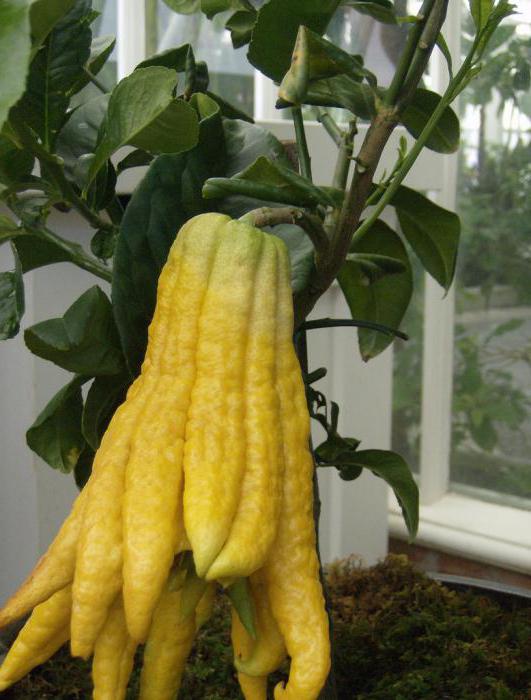

Speaking of exotics, one should definitely mention the Buddha Hand variety. This citrus is distinguished by the unusual appearance of its fruit: it resembles a lemon in color, and outwardly - a fleshy brush on the hand. However, there is no edible pulp inside. Nevertheless, the fruit is so exotic that it should definitely be grown at home.
Tangerines
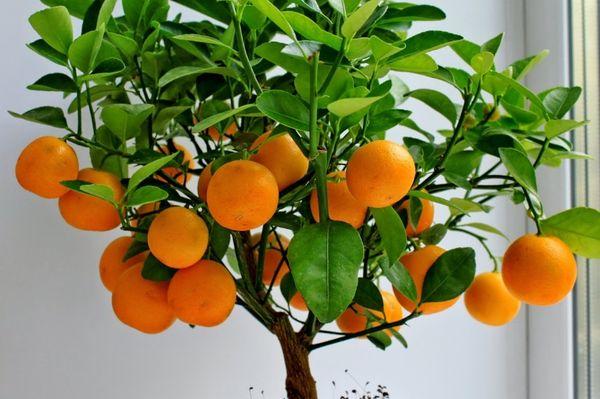

Indoor tangerine is a fairly common plant in the house due to the presence of beautiful green leaves. When formed correctly, a neat green crown will be an excellent addition to the decor of the room, and white flowers and orange fruits will contrast perfectly against its background.
In order for homemade tangerines of any varieties to have beautiful green leaves, you need to adhere to the following rules:
- sufficient and regular watering, which alternates with spraying;
- application of mineral fertilizers of a soluble type. It is especially important to do top dressing during flowering and fruiting;
- crown formation. This is necessary if an ordinary, and not an indoor, variety is grown at home.
The tree can be both ordinary and dwarf. Depending on which variety you plan to grow, the plant can be planted in a greenhouse or in a pot. For example, at home, it is often grown using bonsai technology. With its help, it is possible to form decorative dwarf plants. At the same time, the plant retains the ability to flowering and fruiting.
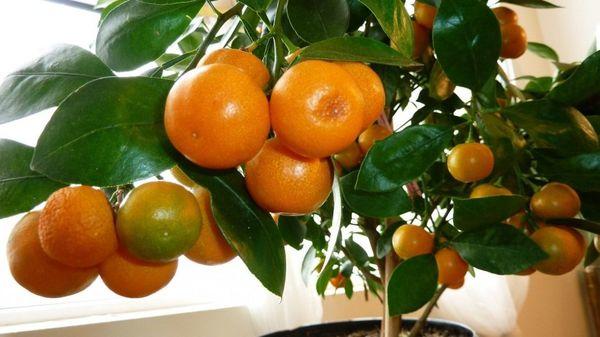

When growing tangerines in the house, it should be remembered that their fruits are exclusively for decorative purposes. You cannot eat them, as they have a very sour taste. The only way to improve their taste characteristics is to carry out long-term breeding work to develop a new hybrid.
Of the varieties of mandarin for growing in an apartment or house, two varieties are best suited:
- Sochi 23. The tree forms slightly flattened tangerines, which are distinguished by a bright orange peel. The fruits are small and weigh about 80 grams;
- Forged-wasse. In apartments and houses, this tree can grow only one meter in height. Fruiting, with proper care, begins in the second year.
A feature of these varieties is that they can easily tolerate a drop in temperature.
It should be noted that the most popular among the population are various hybrids of mandarin with other types of citrus fruits, which will be discussed below.

